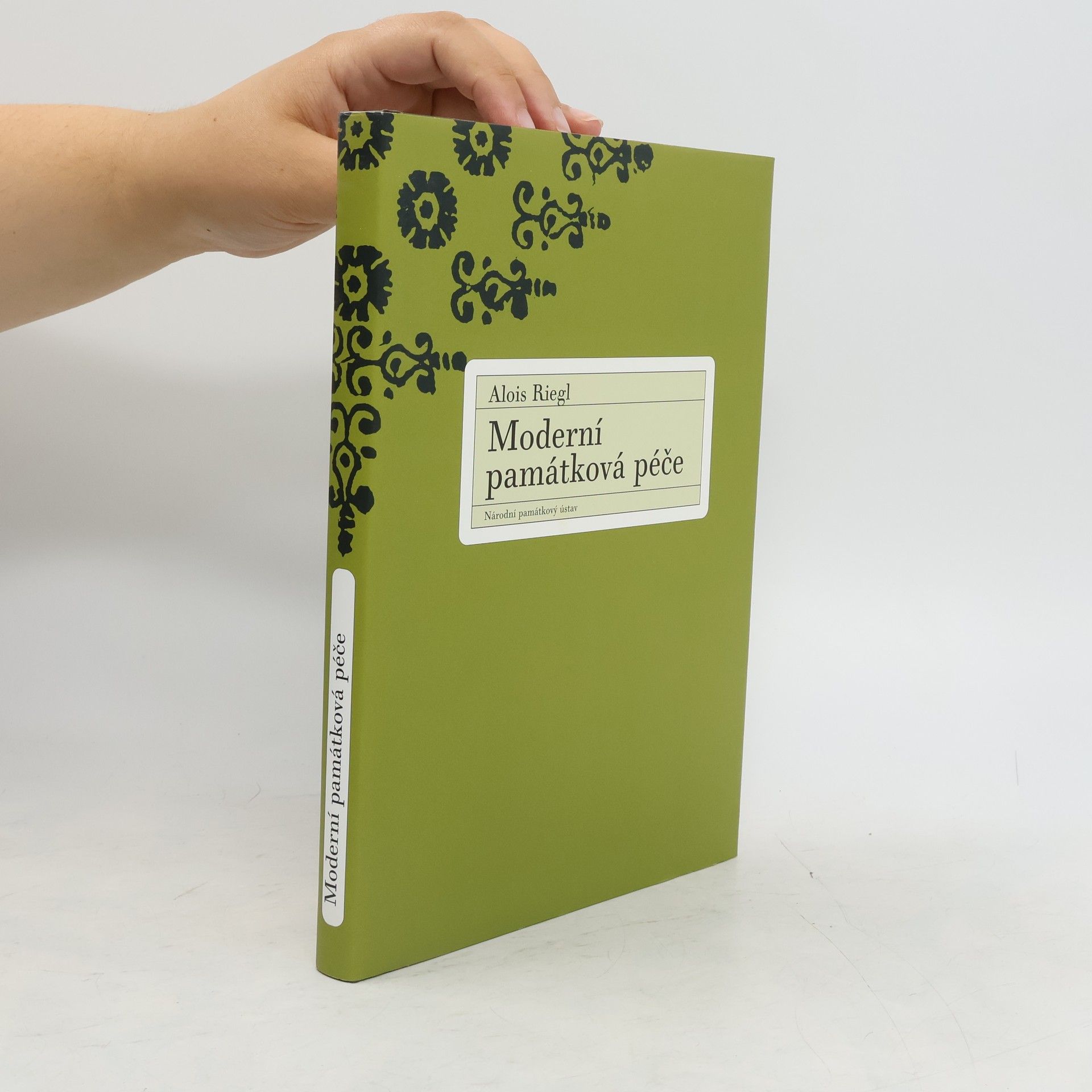Alois Riegl Collected Essays
- 332 Seiten
- 12 Lesestunden
Alois Riegl significantly shaped art history as a distinct academic discipline, emerging from the Vienna School of Art History. His early work included a dissertation on the Romanesque Church of St. Jacob and a focus on medieval calendar manuscripts. As curator at the Austrian Museum, he published influential texts like Altorientalische Teppiche and Stilfragen, showcasing his interdisciplinary approach. Riegl's lectures on baroque art challenged prevailing views, contributing to a reevaluation of the period and establishing a foundational methodology in art history.


